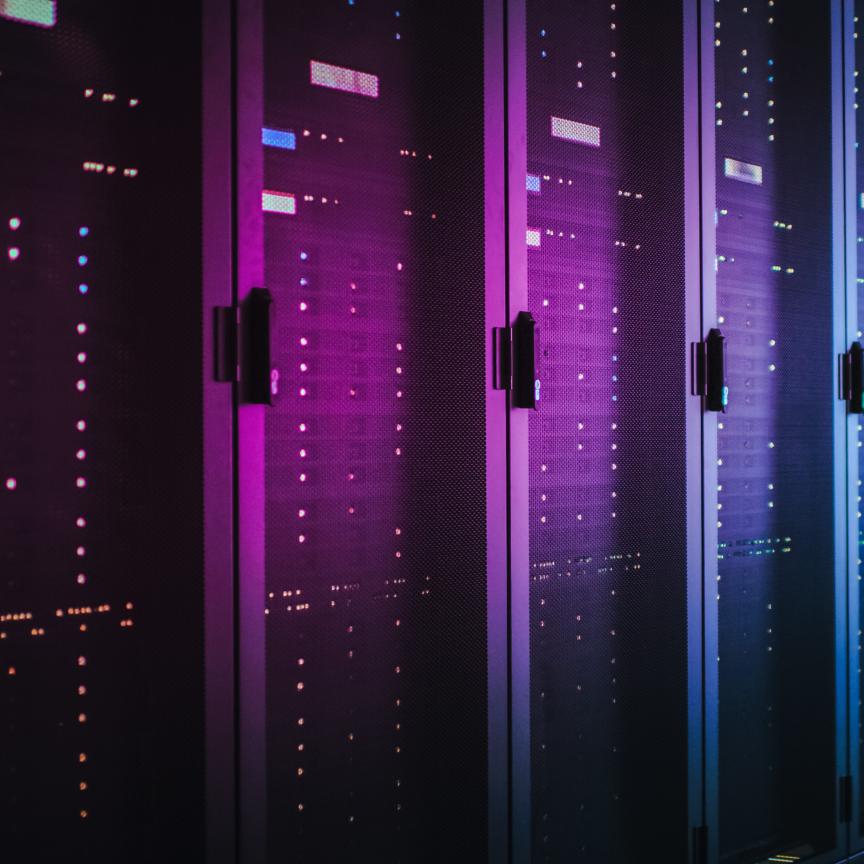Cloud computing will dramatically accelerate the rate of biological discovery, writes Markus Gershater
Investing in technology has been critical for firms of every industry in order to weather the turbulence of the last two years. This is especially true in the life sciences, where we've seen rapid adoption of different technologies that have the potential to solve some of the industry's most pressing challenges.
It isn't only about new apps, artificial intelligence, or cloud computing, though. The very experiments and methods that take a drug from idea to patient-ready are being transformed as we speak. The work that began in response to Covid has the potential to make dramatic changes in how we do science and how we bring the products of that science to the world.
There are four areas already seeing substantial shifts, and where we may yet see even further transformation.
Prediction 1: DOE will gain more widespread adoption in biology
The year 2022 will see more widespread adoption of design of experiments (DOE) methodologies. Enabled by this, biologists are going to take on and overcome bigger, more ambitious challenges than ever before. ‘One factor at a time’ experimentation can’t keep pace with the complexity of modern biology, which is why systematic multifactorial experimentation will come to the fore.
The problems that biology must solve are now more complex than ever. ‘Traditional’ methodologies no longer cut it and, against the backdrop of the last two years, this has created a louder conversation about how to use computing in biology. With greater adoption of things like AI/ML, the horizon of tools and methodologies that we’re ready to consider has dramatically widened. We are also starting to think of biology as something that can be done with systematic, parallelised experimentation, rather than a reliance on doing things ‘one at a time’. On top of all of this, a cohort of early adopters are seeing amazing results that many others are keen to emulate.
There’s a renewed sense of urgency and we’ve seen a corresponding explosion of interest in the topic. This should be no surprise: DOE has the potential to exponentially improve research timelines, make research processes much more efficient and it gives rise to insights that weren’t possible before. That’s why this year promises to be an exciting time for R&D, and those that lead the charge with DOE are going to do things we could only have dreamed about in the past.
Prediction 2: Bioprocessing development picks up the pace
Developments in bioprocessing hardware have uncorked many of the bottlenecks we used to experience. But with greater capacity and higher throughput comes far more data at the development stage. Making effective use of that data will be make-or-break for teams in this space and those that tackle it head on will be the most likely to succeed.
In bioprocessing development, investment into high-throughput hardware has led to the ability to carry out a great many experimental runs in parallel. With greater throughput comes greater amounts of data, so much so that it can sometimes take weeks to bring all the data together for even a single experiment. Moving to more sophisticated cloud technologies will allow that data to be parsed, structured and amalgamated into coherent, multifaceted datasets in significantly less time. Being able to quickly combine all of this bioprocessing data under a common format will be really important in enabling development teams to take full advantage of the sophisticated automation technologies they have all invested in.
Those development teams that can properly embrace cloud computing will be able to make full use of available automation tools and therefore see faster, more efficient results. Those that don’t are going to find it much more difficult, and may well fall behind.
Prediction 3: New CDMOs lead the way to cloud-enabled, automated labs
The response to Covid highlighted the importance of our global biomanufacturing capacity. This, combined with the explosion of therapeutic modalities in recent years has opened up massive opportunities for contract development and manufacturing organisations (CDMOs), both in overall demand, and in specific niches. New CDMOs are looking to technology as a differentiating factor, employing automation and cloud technologies as never before.
It's well recognised that we need a large amount of flexible manufacturing capacity to respond to this pandemic, and to whatever nature throws at us next. And this need is likely to increase over time, as biotechnology continues to step up to the world's biggest problems. A multitude of established pharma and dynamically growing, diverse biotechs are looking to CDMOs to provide or augment their manufacturing capabilities. This has prompted a huge flurry of announcements of capacity increases by existing CDMOs, and the formation of many new CDMOs that are looking to establish themselves in specific niches.It’s these new CDMOs, unencumbered by legacy technologies, who are seizing the opportunity to build out their operations radically differently, with cloud technology and automation transforming how they can run projects and connect those projects with their clients.
Prediction 4: A dramatic increase in the rate of biological discovery
Scientists will increasingly employ dramatically more effective experimental designs. Combined with modern cloud and automation technologies, this will result in a dramatic increase in the rate of biological discovery.
Experiments have always been expensive, and the logistics for assembling all the necessary reagents, cell lines and consumables slow. Perhaps it’s the still greater timelines and expense imposed by Covid-related supply chain issues that is driving scientists to look at how they could get more bang for their experimental buck. Whatever the reason, we’re observing a dramatic increase in interest in being able to perform hugely powerful, multifactorial experiments. This is hugely exciting for a number of reasons. Firstly, these experiments are able to cut through biological complexity and give transformative insight, unparalleled by more common experimental approaches. But perhaps more importantly for the future, it marks a shift to a way of working where building models of the systems we’re working with is the norm. It points the way towards a future of much more systematic experimental methodologies, supported by automation and machine learning, that will drive a transformative step-change in the already rapid rate of bioscience progress.
Transformation happens where powerful technologies and experiments meet
The pandemic has thrown the importance of scientific and technological resources into sharp relief. The impact that humanity has brought to bear upon this crisis is a testament to our success so far, and that impact will continue to leave a legacy; a major part of which being the shift to vastly more powerful methodologies and technologies. Perhaps the greatest legacy of all is one of human ingenuity solving problems against the odds, and the foundations laid for a future industry that stands a far greater chance of stopping the next pandemic in its tracks.
Markus Gershater is chief scientific officer at Synthace


